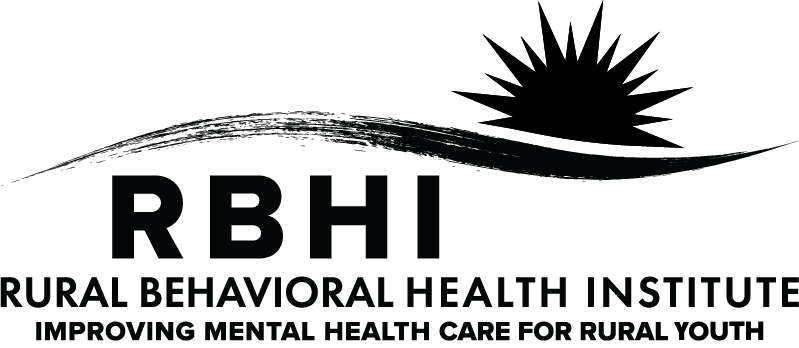Emotional Regulation
What is emotional regulation?
Emotional regulation is the regulate and control the intensity of an emotional experience. This is not done to suppress or avoid emotions, but instead learn to manage experiences.
Why is emotional regulation important?
Learning about emotional regulation can help children calm themselves during times of high emotions and control negative thoughts and actions.
What does poor emotional regulation look like?
Poor emotional regulation can look different in each person. Some children will have big emotions and strong reactions when there is no obvious reason while others may have a strong reaction after allowing emotions to build for a long time.
What can you do in class?
There are many ways to incorporate building emotional regulation into class, here are a few examples of ways to add skill building in class:
Help build emotional literacy- Talking about emotions, creating an emotion all, or doing check ins about emotions can help children learn about identifying different emotions.
Journaling- Journaling can allow students to write down emotions and also gives them an outlet to express things they may be keeping in that are getting in the way of learning. Incorporating journaling into your schedule may allow students to release emotions in the day.
Visual reminders- Having visual reminders of the day can help students who are having difficulty focusing throughout the day. Visual schedules, timers, and activity choices may be helpful for students. You can use individual visuals for students, such as a reminder to raise their hand or wait their turn.
What you can do?
Role model positive emotional regulation- Use a calm voice and tone when talking with students.
Ask questions about emotions- You could start the day by asking how a students morning was or how they are feeling about a project or test. By adding questions about emotions you are building a students emotional literacy.
Share your emotions- By talking about your emotions you are role modeling connecting feelings to actions. “I was worried when the class was outside and a thunderstorm started, but I am happy everyone was able to come inside safely”.


